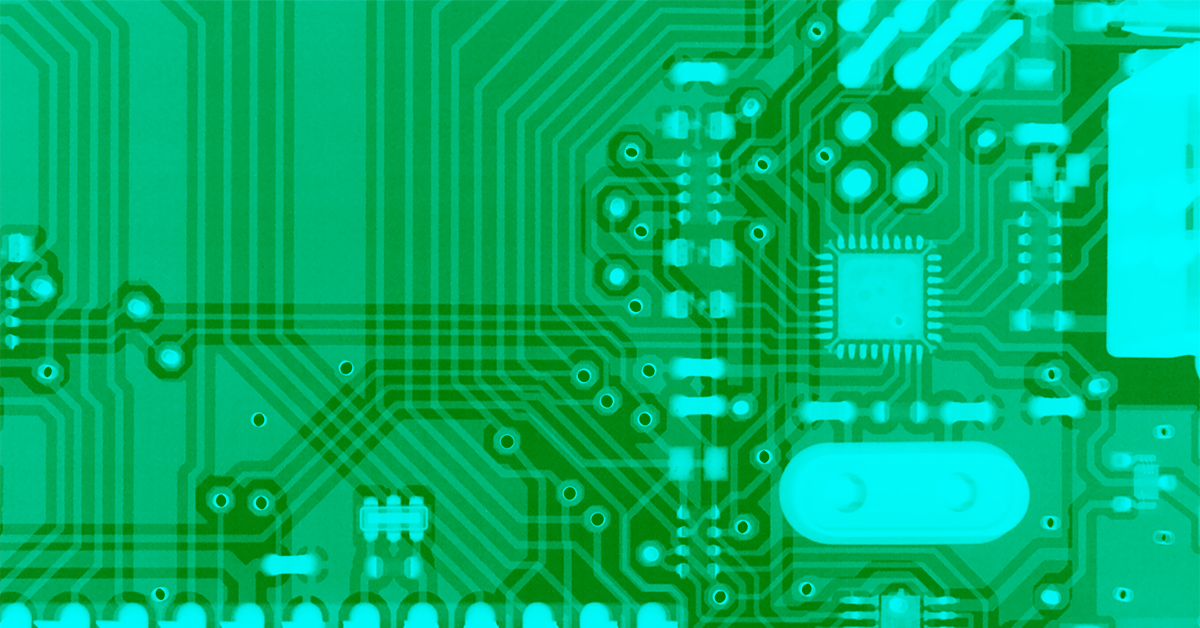It looks like Moore’s Law doesn’t have to die after all. Instead of struggling to take silicon all the way down to its physical limit, scientists have decided to cut a few corners and go atomic using transition-metal dichalcogenides (TMDs).
Atoms vary in size according to the element, but the diameter of an atom ranges from about 0.1 to 0.5 nanometers. That’s way beyond what you can do with silicon and still retain its semiconducting properties to make integrated circuits. However, the latest research has led to stacking TMD atoms in rows of three to make transistors – the main ingredient in computer chips.
Two-dimensional circuitry
TMDs can form three-atom-thick monolayers that are stable. Thanks to their high electrical carrier mobility and their large-scale growth on insulating substrates, TMDs can be used as semiconducting materials to enable “the batch fabrication of atomically thin high-performance transistors and photodetectors on a technologically relevant scale without film transfer,” according to a paper published in Nature magazine last week.
Also called two-dimensional materials, TMDs, graphene and phosphorene possess unique electronic band structures that pave the way to enhancing things like the excitonic effect, bandgap modulation, indirect-to-direct bandgap transition, piezoelectricity, and valleytronics. In plain English, getting a hang of bulk manufacturing will substantially improve the key components that make up our devices, as well as reduce their overall thickness while increasing their performance many times over.

Photo by Mathew Schwartz on Unsplash
Don’t fret just yet
According to the authors, “the large-scale growth of monolayer TMD films with spatial homogeneity and high electrical performance remains an unsolved challenge.” But that’s not to say it isn’t doable.
The researchers involved in the work have successfully demonstrated the wafer-scale batch fabrication of monolayer field-effect transistors with a 99% device yield. That means only one in 100 wafers suffered from defects, which is very promising. That number includes multi-level fabrication of vertically stacked transistors for what is called “three-dimensional circuitry.”
All in all, this is good progress but don’t get your hopes up for the next smartphone to fit in your wallet. As the authors put it, “Our work is a step towards the realization of atomically thin integrated circuitry.”
A very important step, nonetheless.
Post A Reply